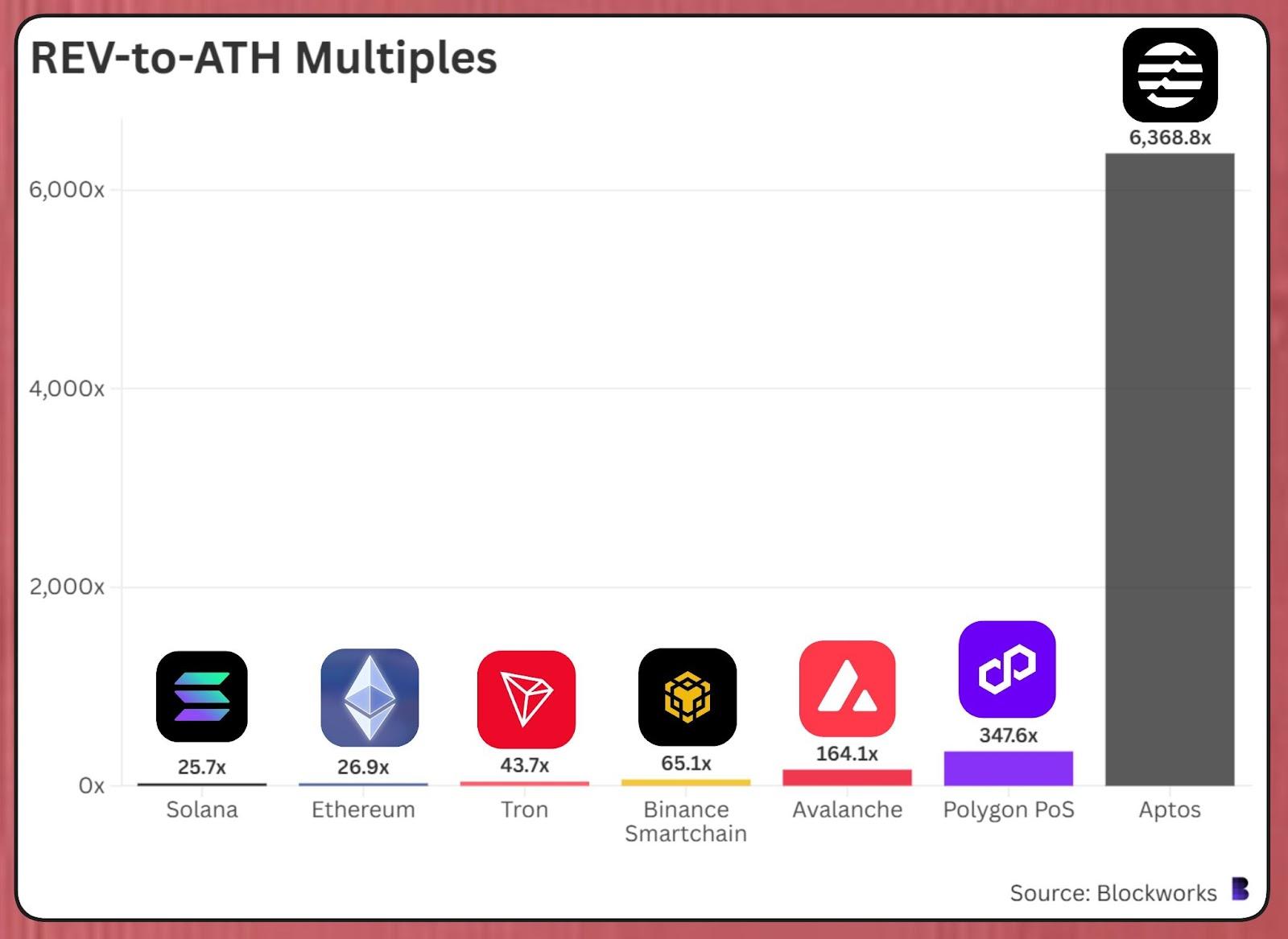Sui Research unveils a quantum-resistant cryptographic shield, dodging the quantum apocalypse without messy network overhauls. No new addresses, no key juggling – just pure, unadulterated quantum defense.
Quantum leap for blockchain? Cryptographer Kostas Chalkias is buzzing about a new research paper he co-authored, calling it a “major breakthrough” in prepping certain blockchains for the quantum future. In a recent X post, Chalkias hinted this quantum-resistant tech could supercharge networks like Sui, Solana, Near, and Cosmos, leaving crypto giants Ethereum and Bitcoin in the dust.
“Chalkias unveiled a groundbreaking quantum-safe upgrade for blockchain wallets, declaring it the first of its kind to maintain backward compatibility. This innovation promises a seamless transition, safeguarding users from future blockchain forks and potential account freezes, a pivotal step towards long-term security.”
“This is a cryptographic earthquake,” declared Dan Dadybayo, a researcher at Unstoppable Wallet, commenting on the groundbreaking paper. He emphasized the quantum-resistant wallet upgrades it unlocks, a feat previously thought impossible without address overhauls, re-signing complexities, or a disruptive hard fork.
Imagine a digital highway where all cars follow the same rules of the road. Now, picture construction crews permanently altering that highway. A “hard fork” is exactly that for a blockchain. It’s a radical protocol change that’s so different, older versions of the blockchain software become obsolete, unable to understand or verify transactions on the newly upgraded network. Think of it as splitting the road, forever diverging into two separate paths.
Imagine a digital tug-of-war. That’s a hard fork – a radical software update that can split a cryptocurrency into two warring factions, each claiming to be the “true” heir. Think Bitcoin vs. Bitcoin Cash, a schism born from disagreement. Or Ethereum clashing with Ethereum Classic, a philosophical divide etched in code. These aren’t just upgrades; they’re potentially messy divorces in the crypto world.

IBM Quantum System One in Ehningen, Germany. Source: Wikimedia
Related: Quantum computers could bring lost Bitcoin back to life: Here’s how
The looming quantum threat
Chalkias downplays the immediate threat of quantum computers shattering current cryptography, but many experts see a clear and present danger on the horizon.
As quantum computers become increasingly capable of breaking the cryptography that underpins blockchains, developers are seeking solutions with growing urgency.
Is Bitcoin’s enigmatic creator, Satoshi Nakamoto, still among us? Recent quantum computing advancements might soon force their hand. According to cypherpunk pioneer Adam Back, referenced in Nakamoto’s own white paper, escalating quantum processing power could crack Bitcoin’s cryptographic armor, potentially revealing whether the pseudonymous founder is still alive and actively protecting their creation. The race against the quantum threat is on, and the stakes are higher than ever.
Satoshi Nakamoto’s legendary Bitcoin stash might not be untouchable forever. Quantum computing’s looming threat could crack the cryptographic keys protecting those early coins, forcing Satoshi to make a critical decision: move his dormant fortune or risk losing it all. The community itself faces a reckoning. When quantum attacks become reality, will they stand by and watch as those vulnerable addresses are plundered, or will they take the radical step of freezing them, rewriting Bitcoin’s rules in the face of an existential threat? Chalkias weighed in, stating:”
Imagine a digital tsunami. When quantum computers break through, the cryptographic walls protecting Bitcoin become paper-thin. Millions of wallets, even the legendary Satoshi’s hoard, could vanish in the blink of an eye. If your public key is exposed, consider your crypto keys compromised. Quantum computing: a lurking threat to your digital fortune.
Related: Bitcoin’s quantum countdown has already begun, Naoris CEO says
How this innovation changes the equation
Imagine a future where quantum computers crack today’s security like walnuts. The standard fix? Clumsy overhauls: replacing cryptographic keys and rebuilding network software from the ground up. But what if you could sidestep this digital demolition? A revolutionary approach now offers quantum-safe wallet upgrades without touching your address, re-signing transactions, or resorting to a disruptive hard fork. It’s a seamless shield against the quantum storm, protecting your digital assets with elegant simplicity.
The breakthrough focuses on chains that use the Edwards-curve Digital Signature Algorithm, or EdDSA.
Dadybayo unveils a groundbreaking possibility: dormant crypto accounts springing back to life, securely. The secret? EdDSA-based blockchains like Sui, Solana, and Near leverage a deterministic process to generate private keys from a seed. This seed, the key to resurrection, can be harnessed within zero-knowledge proofs. Imagine proving ownership without revealing your key, authorizing secure transitions even after prolonged inactivity. Zero-knowledge proofs empower you to demonstrate knowledge of the seed – your key’s origin – without ever exposing the key itself. It’s cryptographic magic unlocking dormant potential.
“Tomer Ashur, the scientific mastermind at 3MI Labs, a cryptography research powerhouse, revealed to Cointelegraph a cunning defense. According to Ashur, their method “allows to hide certain data that a quantum adversary would need for attacking the scheme,” effectively cloaking vulnerabilities from prying, quantum-powered eyes.”
“Rather than replacing EdDSA, what this approach does is to fortify the algorithm against quantum attacks. ”
Imagine a chain reacting to a whisper of future-proof magic: a zero-knowledge proof. This cryptic authorization unlocks a new, post-quantum public key, seamlessly grafting it onto the network. Forget the headache of new account IDs – your old key still works. No frantic re-signing of past transactions, no disruptive hard fork; just a silent, elegant upgrade securing the chain against tomorrow’s threats.
Imagine a Bitcoin where Satoshi’s coins are untouchable, not by decree, but by design. That’s the power of EdDSA signatures. From day one, they could have secured dormant accounts, silencing the debate about freezing Satoshi’s legendary stash and forever altering Bitcoin’s origin story.
Mynth founder Robert Roose, architect of Cardano’s interoperability ambitions, acknowledged a potential seismic shift, stating the unnamed paper’s claims represent a “major development” –ifaccurate. His caveat hangs heavy, a question mark over the landscape.
Magazine: Bitcoin vs. the quantum computer threat: Timeline and solutions (2025–2035)
Thanks for reading Backwards-compatible quantum fix found but not for Bitcoin and Ethereum

